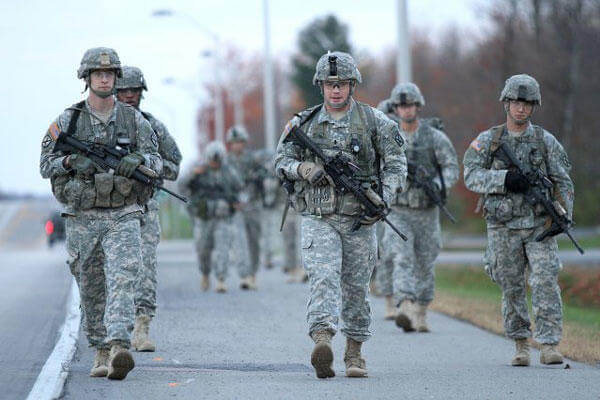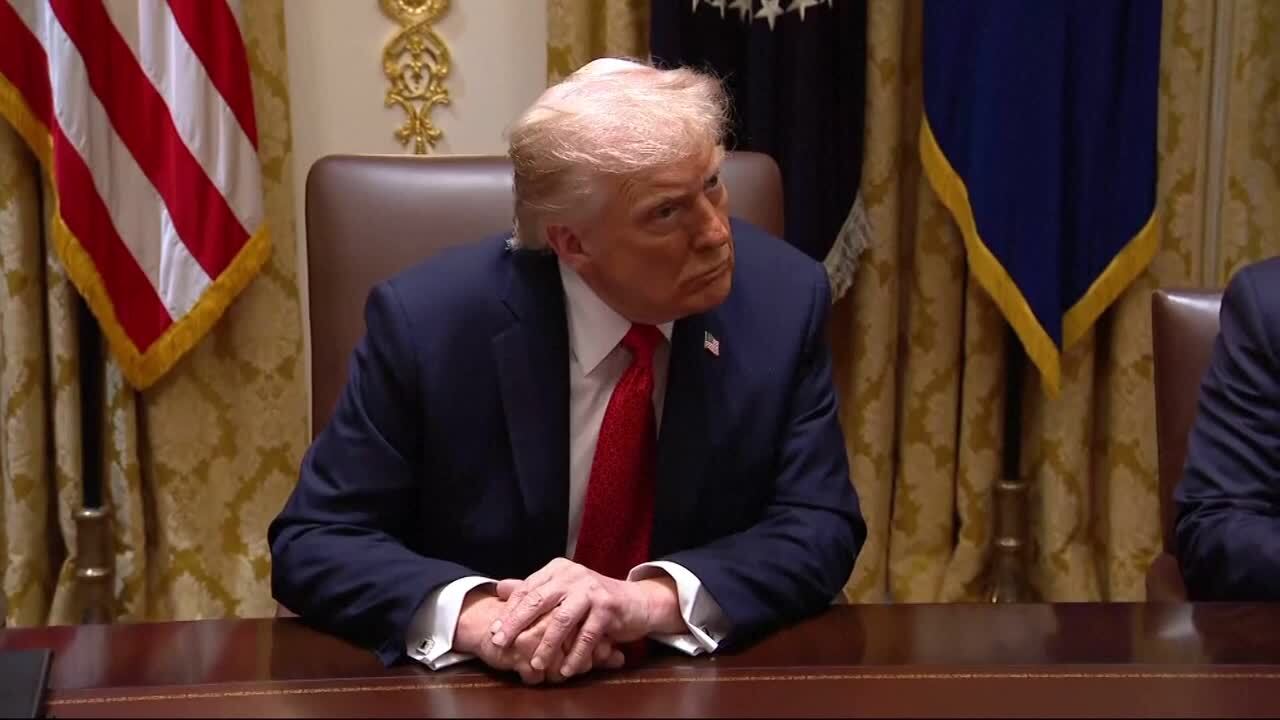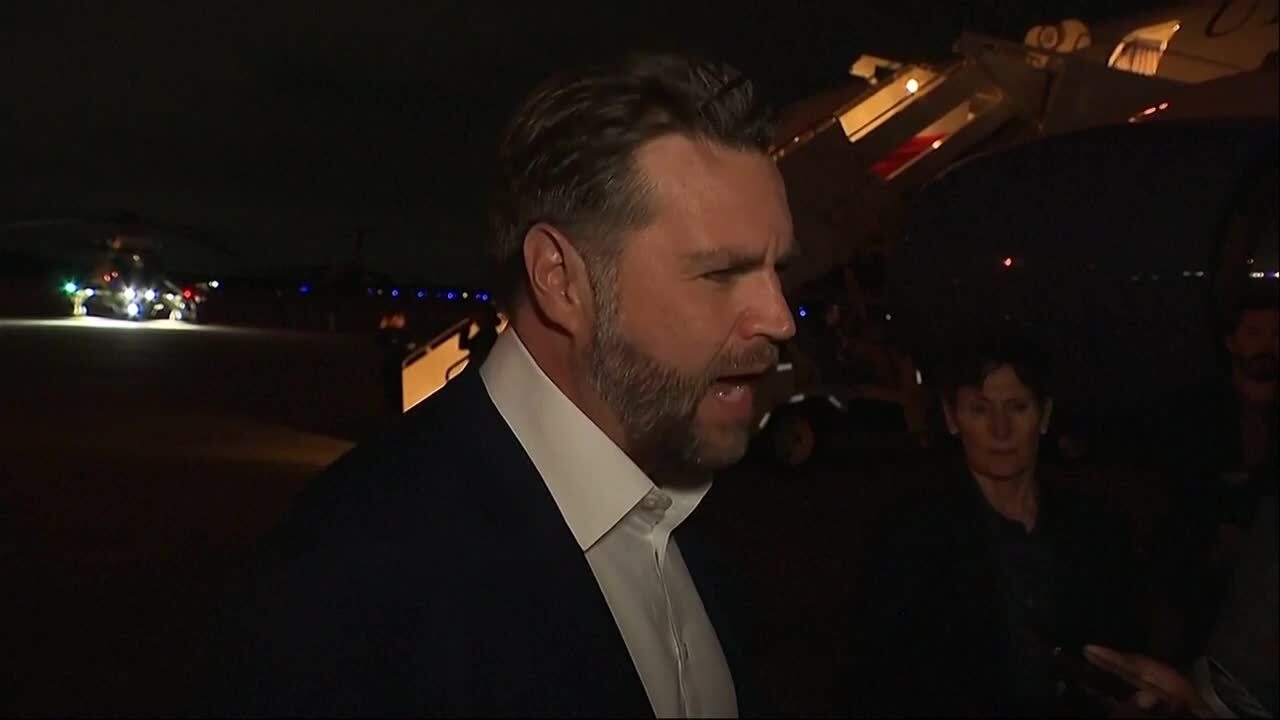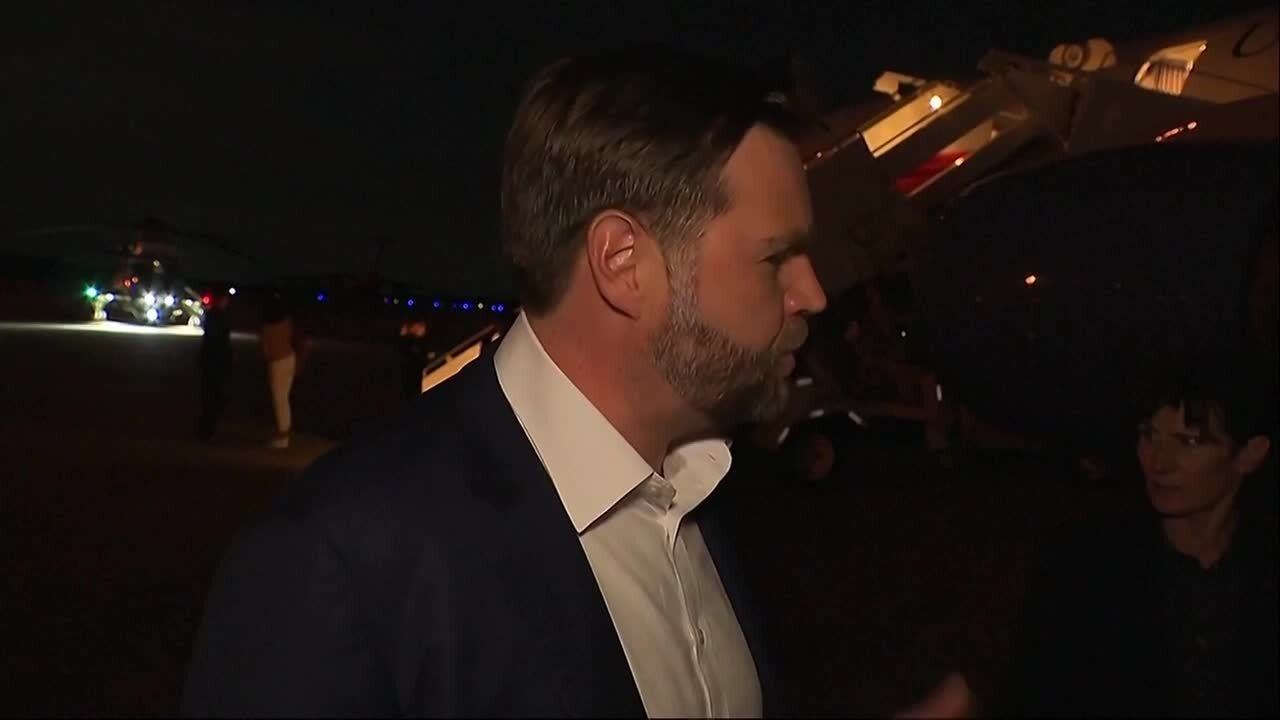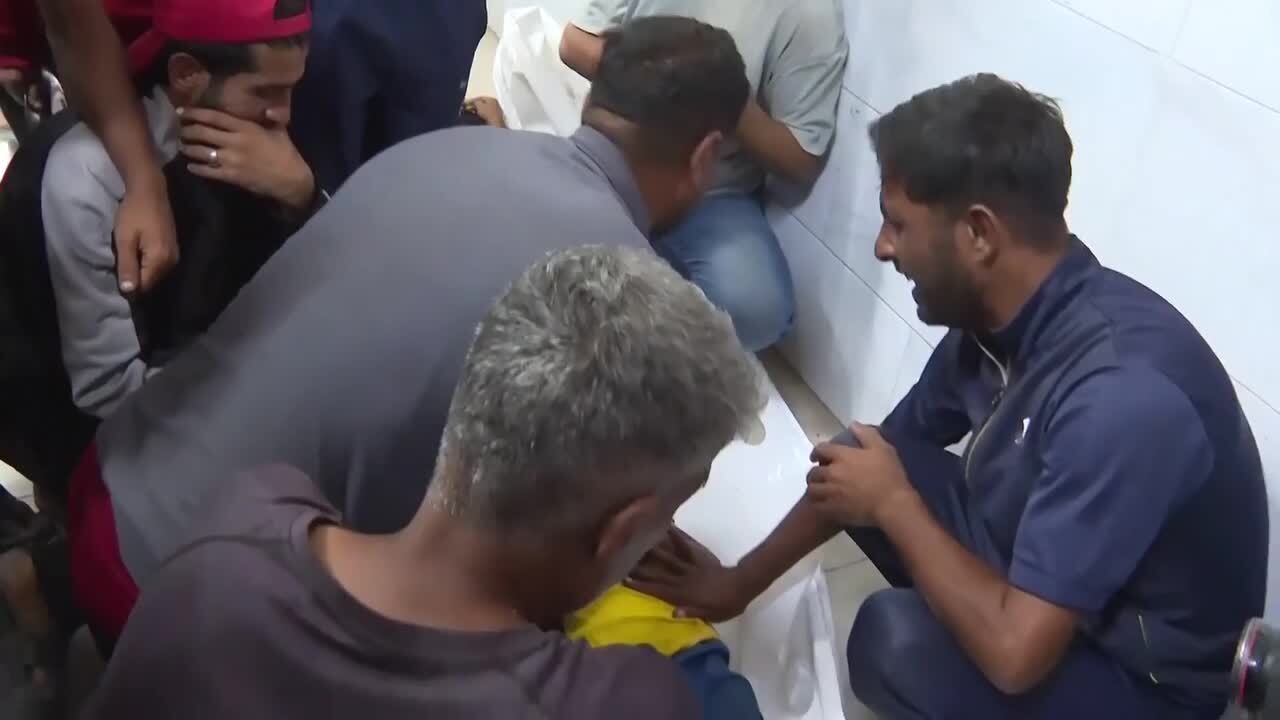A shrinking U.S. Army rolled out its proposed fiscal 2017 budget today -- a plan that funnels more money into readiness but cuts every other area including personnel, modernization and construction.
"As we built this budget and sought to strike the best possible balance within our top line funding levels, we ensured that our absolute, number-one priority remained readiness," Maj. Gen. Thomas Horlander, director of Army Budget, said during a Feb. 9 Pentagon briefing.
The $125.1 billion request is $1.4 billion less than the service's approved fiscal 2016 budget, according to budget documents.
The Army proposed personnel budget is for $55.3 billion, compared to fiscal 2016's $56.2 billion. The active force is scheduled to get $40 billion -- down from last year's $40.9 billion. The Reserve and National Guard receive slight increases with the Guard getting $8 billion and the Reserves getting $4.6 billion.
The Army's active component takes the biggest hit to personnel compared to other services. The Army is the largest service, but its active force is scheduled to shrink from 475,000 to 460,000 -- that's a 3-percent decrease, compared to the Navy's 1-percent cut to its active component. Both the Air Force and the Marine Corps have no planned cuts to their active components, according to budget documents.
The Army National Guard is slated to cut its force from 342,000 to 335,000 and the Army Reserve plans to shrink its force from 198,000 to 195,000. This is the last that the Guard and Reserve will downsize, but the active force is scheduled to cut another 10,000 in fiscal 2018 for an end-strength of 450,000, according to budget documents.
The Army plans give $22.6 billion to its modernization efforts, compared to last year's $23.9 billion. Procurement programs take the largest cut with a proposed $15.1 billion, compared to last year's $16.4 billion.
"This is an area where the Army has had to take risk as funding levels have come down," Horlander said.
Army aircraft accounts for the biggest drop from $5.9 billion in fiscal 2016 to 3.6 billion for fiscal 2017. The budget prioritizes modernization of AH-64 Apache, UH-60 Black Hawk and CH-47 Chinook helicopter fleets, according to budget documents.
The budget supports the Army's Aviation Restructure Initiative by providing $1.1 billion for 52 Apaches and $1 billion for 36 Black Hawks. By comparison, the Army purchased 107 Black Hawks and 64 Apaches in fiscal 2016.
For land programs, the Army's budget funds a "next-generation shoulder-launched weapon," as well as a replacement for the Army Tactical Missile System, or ATACMS, and increased firepower for the Stryker armored vehicle fleet. The budget also adds "significant survivability improvements" to the Stryker fleet, according to budget documents.
Additionally, the budget funds 1,828 Joint Light Tactical Vehicles for fiscal 2017 as well as 567 Family of Medium Tactical Vehicles, compared to last year's purchase of 166.
The Army is also slated to spend $1.5 billion on ammunition, an increase from last year's $1.2 billion, according to budget documents.
The budget is scheduled to invest $7.5 billion in research, development, testing and evaluation efforts -- a slight drop from the service's $7.6 billion investment last year. It is scheduled to fund efforts to include "combat vehicle and automotive technology, Joint Multi-Role Helicopter, and high-energy lasers," according to budget documents.
The Army budget's only real winner is readiness. The service plans to give $45.2 billion to operation and maintenance, a $1.4 billion increase from last year's $43.8 billion, according to budget documents.
"This is the one funding area where we are requesting growth," Horlander said. "This budget has been formulated to provide the combatant commands with the best trained and ready land forces that we can generate."
The active force is slated to receive $35.4 billion, compared to last year's $34.2 billion. That money is earmarked to pay for "19 Combat Training Center rotations, 17 Decisive Action and two Combination Decisive Action/Mission Rehearsal Exercises," according to budget documents.
The focus on these rotations will eventually result in a new level of readiness and enable the Army to have "two thirds of its regular Army forces ready at any one time," Horlander said.
This is a significant increase compared to the "tiered readiness of previous years where only approximately one third of the Army's brigade combat teams were ready for contingency force operations," Horlander said.
The budget maintains 30 brigade combat teams, which includes the conversion of one Stryker BCT to an infantry BCT.
The National Guard is scheduled to receive $6.9 billion in O&M funding over last year's $6.6 billion. The Reserve would get $2.7 billion in the proposed budget, the same amount it got in fiscal 2016, according to budget documents.
The Army also plans to invest $1.3 billion into facilities, that's down from $1.6 billion last year. Military construction in the Army remains at "historically low spending levels" with funding proposed at $805 million compared to the $1.1 billion the service spent last year, budget documents show.
Army Family Housing, however, is scheduled to get $527 million, an increase over last year's $484 investment.
-- Matthew Cox can be reached at matthew.cox@military.com
